- News
-
-
-
-
-
Latest News Articles
- WSB: Study tests accuracy of thermal drone surveys April 26, 2024
- Computer model explores Tribal use of fire for ecosystem health April 26, 2024
- 2024 TWS Elections: Southwest Representative April 25, 2024
-
-
-
- Wildlife Professional Resources
-
- Our Network
-
- PUBLICATIONS
-
-
Recent Posts
-
 The Wildlife Professional November/December Issue
November 1, 2023
The Wildlife Professional November/December Issue
November 1, 2023
-
-
-
-
-
-
- Wildlife Events
-
-
-
Upcoming Webinars
- No Events
-
-
-
- Who We Are
-
Geographical Location: Central & South America
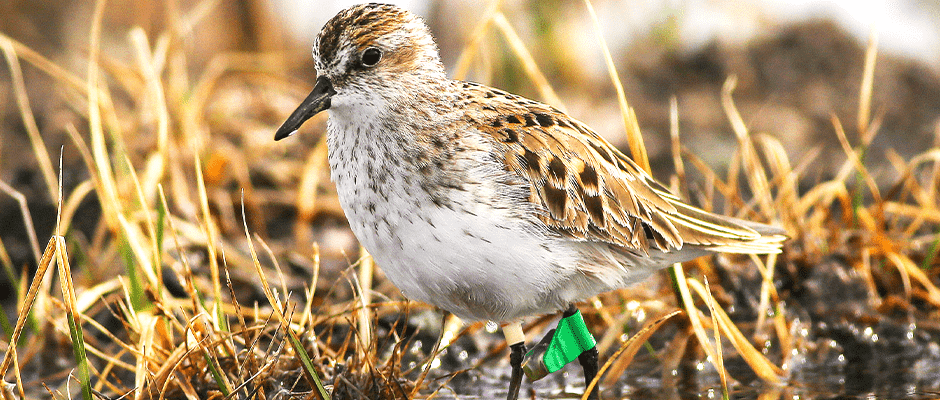
May 16, 2017
South American sandpiper’s route may explain its decline
Scientists have been tracking the migration of the semipalmated sandpiper (Calidris pusilla) to trace the origins of its population in northeastern South American, which is decreasing dramatically. A new study...

March 6, 2017
Neotropical spotted cats coexist near reserves
Only 2 percent of Brazil’s Atlantic Forest lies under government protection, but some species of spotted cats appear to prefer those more protected areas, recent research suggests, and they co-exist...
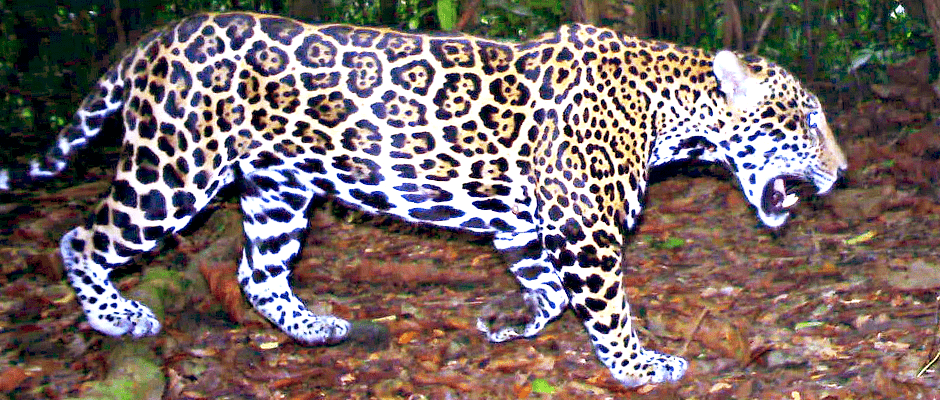
November 11, 2016
Scat: The first step in conserving Mesoamerican jaguars
Rare and elusive wildlife species such as jaguars can be tricky to study in the wild, especially when it comes to genetics. But noninvasive scat sampling has allowed researchers to...
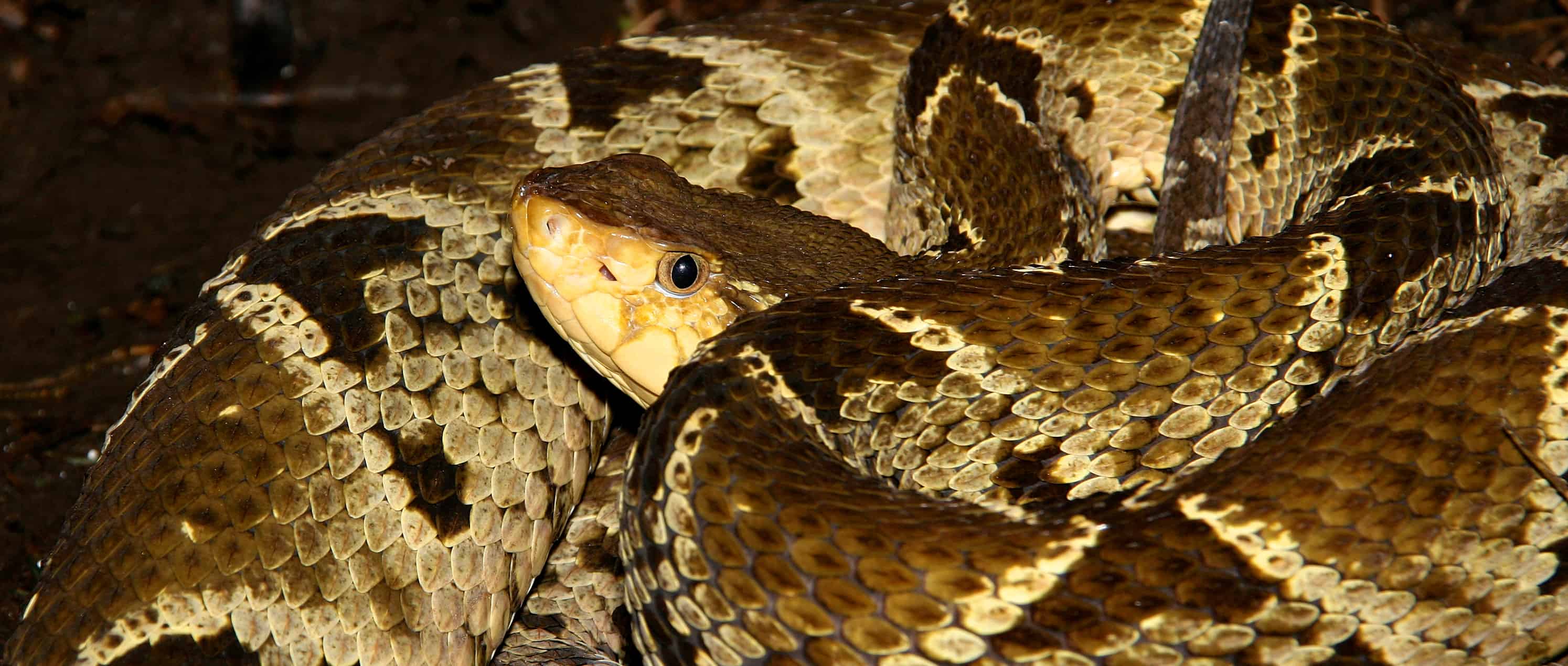
September 15, 2015
Extreme Weather May Cause an Increase in Snake Bites
Watch where you step when the weather heats up! The hot and cold phases of weather events like el Niño may cause an increase in snake bites, according to new...
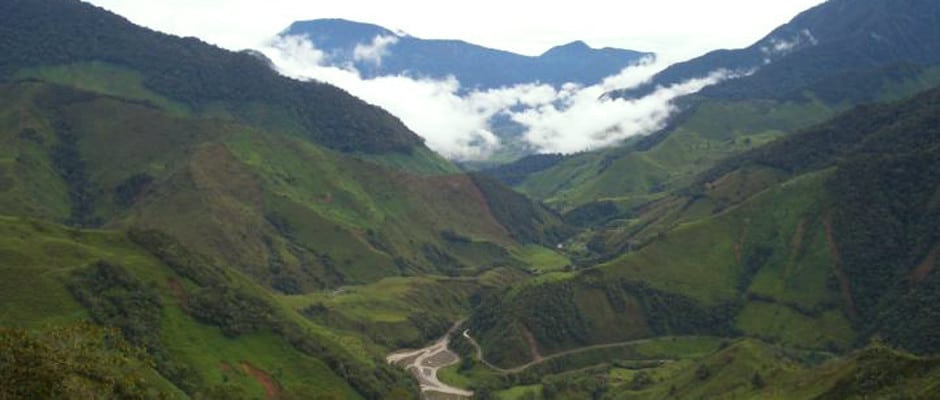
September 4, 2015
Intensive Farming May Not Hurt Tropical Bird Diversity
Farming more intensely in some areas may not impact tropical birds if it means leaving areas with more natural habitat alone, according to new research. “We need to be thinking...
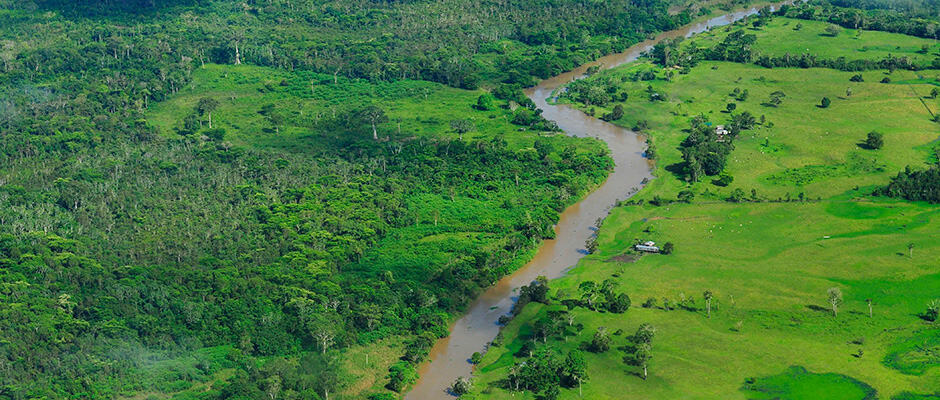
April 24, 2015
Successful Rainforest Protection Much Like Speed Control
Putting the brakes on deforestation works best when treated the same way police enforce speed limits on highways, according to research on Brazilian jungle: Give them a ticket. “Forest law...
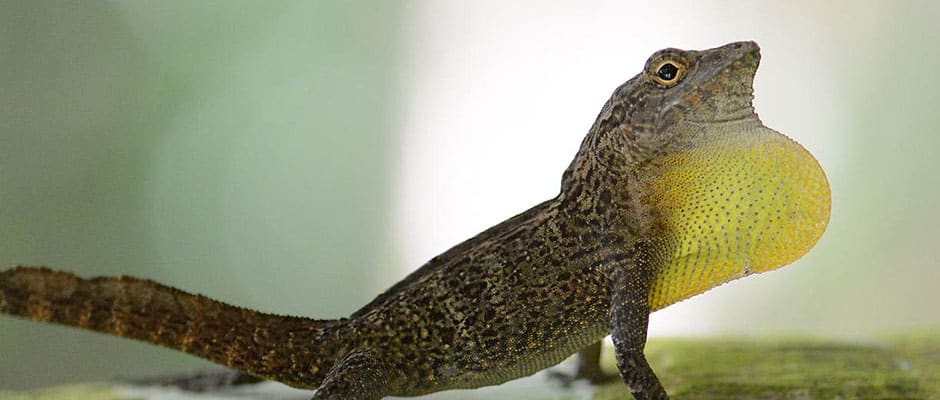
April 8, 2015
Lizard Activity Can Act as “Barometer” to Environmental Change
Cold-blooded lizards can be notoriously finicky over the weather, so much so that tracking the activity of certain species could give researchers a way to measure environmental change, according to...

